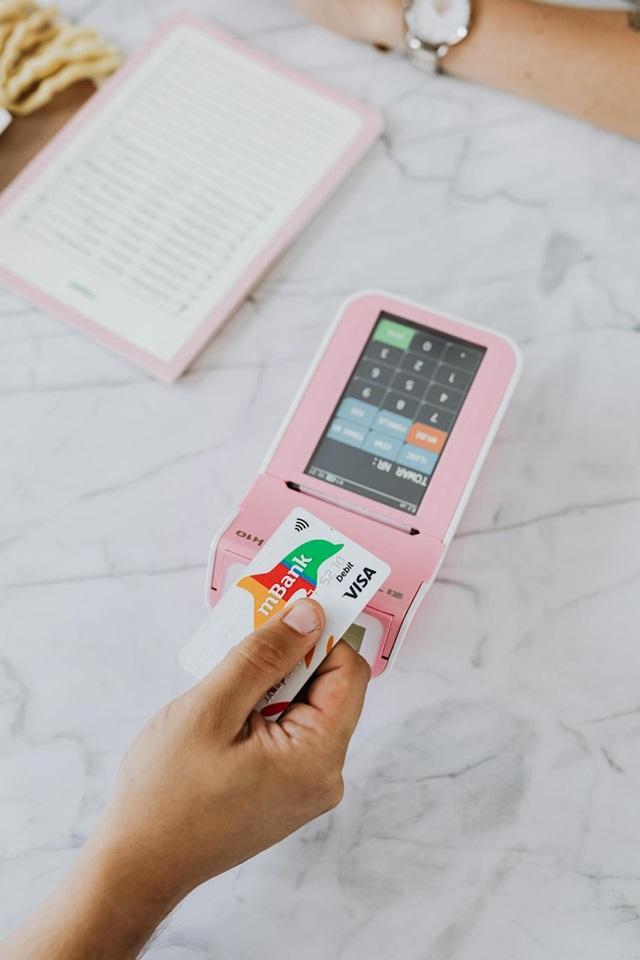The fast casual restaurant industry has witnessed a surge in popularity over recent years. Known for offering a blend of quick service and high-quality food, fast casual restaurants cater to a diverse clientele looking for both speed and satisfaction. In this rapidly evolving landscape, mobile ordering solutions have emerged as a game-changer, helping businesses thrive and adapt to new customer expectations. Here’s why mobile ordering is essential for fast casual restaurants:
1. Meeting Changing Customer Expectations
Today’s consumers are more tech-savvy than ever. With smartphones becoming an integral part of their daily lives, customers expect convenience in every aspect, including dining. A seamless mobile ordering experience allows patrons to browse menus, place orders, and make payments all through their devices, which aligns perfectly with modern expectations. In fact, research indicates that a significant number of customers prefer using their phones for ordering, highlighting the necessity of embracing mobile solutions.
2. Increasing Efficiency and Speed of Service
One of the key selling points of fast casual dining is, unsurprisingly, speed. Mobile ordering solution allows customers to skip the traditional ordering queue, significantly reducing wait times and improving the overall flow of the restaurant. By implementing a mobile ordering system, fast casual restaurants can streamline their kitchen operations, optimize order preparation, and provide a more efficient service that ultimately enhances customer satisfaction.
3. Improving Order Accuracy
Order accuracy is crucial in maintaining a positive reputation. Mobile ordering reduces the chances of errors caused by miscommunication between customers and staff. When customers place their orders directly through an app, there’s less room for mistakes. They have full control over customizing their meals, which leads to fewer disputes and greater satisfaction. This feature is especially valuable for customers with dietary restrictions or allergies, who can clearly indicate their preferences on the app.
4. Enabling Data-Driven Insights
Mobile ordering platforms often come with analytics tools that provide restaurants with valuable data on customer preferences, peak ordering times, and sales trends. These insights allow fast casual restaurants to make data-driven decisions regarding menu offerings, promotions, and inventory management. For example, if the data shows a particular dish is gaining popularity, restaurants can capitalize on this information with targeted marketing or limited-time offers.
5. Enhancing Customer Loyalty Programs
Mobile ordering apps offer an excellent opportunity to integrate loyalty programs, encouraging repeat visits and increasing customer retention. By offering rewards, exclusive discounts, or points for every order, fast casual restaurants can build stronger relationships with their customers. These loyalty programs are often automated within the mobile app, simplifying the process for both customers and restaurant owners.
6. Expanding Revenue Channels
Mobile ordering opens up new revenue opportunities for fast casual restaurants. Besides the traditional dine-in and takeaway options, these restaurants can tap into the rapidly growing demand for delivery services. Partnering with delivery platforms or offering in-house delivery through the app allows restaurants to cater to customers who prefer dining at home or the office. Additionally, in-app upselling features can suggest complementary items, increasing the average order value and boosting sales.
7. Supporting Contactless and Safe Ordering
The COVID-19 pandemic has significantly altered how customers interact with businesses, with safety and hygiene taking precedence. Mobile ordering solutions enable fast casual restaurants to offer a contactless experience, ensuring customer safety and peace of mind. Customers can place orders, make payments, and pick up their food with minimal physical interaction, adhering to social distancing guidelines and reducing the risk of virus transmission.
8. Reducing Labor Costs and Pressure on Staff
By automating the ordering process, mobile solutions help fast casual restaurants reduce labor costs and relieve the pressure on staff. With fewer customers queuing up to place orders, employees can focus on food preparation and customer service, creating a more efficient working environment. Additionally, reducing human error and simplifying the order flow can lead to cost savings in the long run.
Conclusion
The integration of mobile ordering solutions is no longer just a competitive advantage for fast casual restaurants; it’s a necessity. From meeting customer expectations and improving operational efficiency to increasing order accuracy and enabling data-driven insights, the benefits are extensive. By embracing mobile technology, fast casual restaurants can elevate their service, foster customer loyalty, and ultimately achieve greater success in a highly competitive market.
Fast casual dining is all about delivering quality food quickly, and mobile ordering solutions are the perfect complement to this ethos. Restaurants that adapt to this trend will not only stay relevant but also position themselves for long-term growth in a fast-paced, ever-changing industry.






